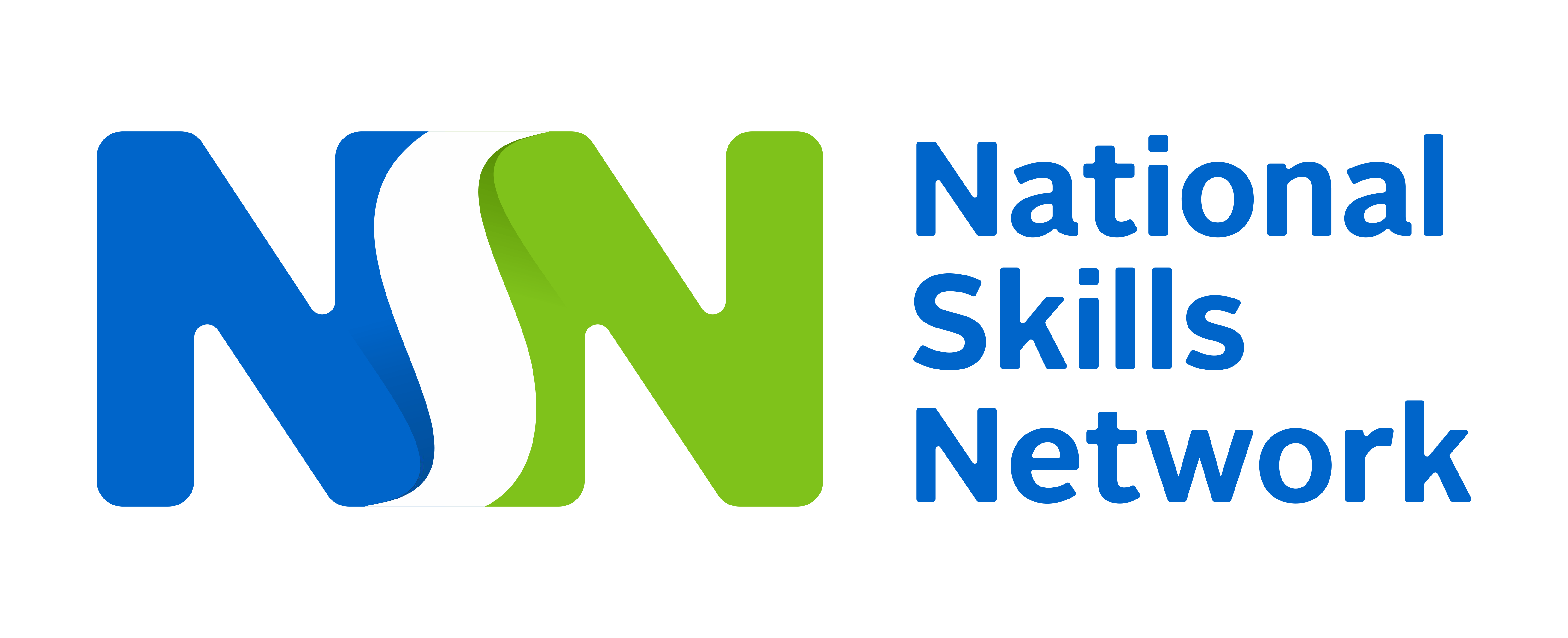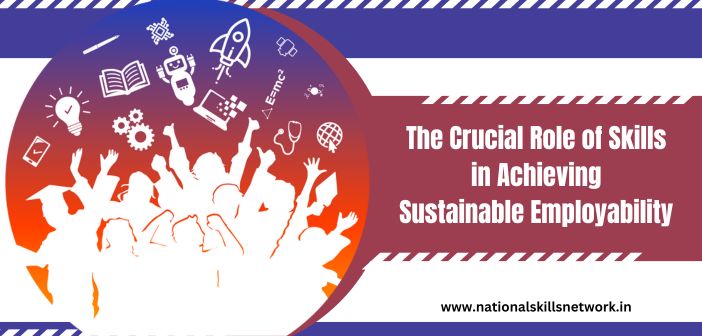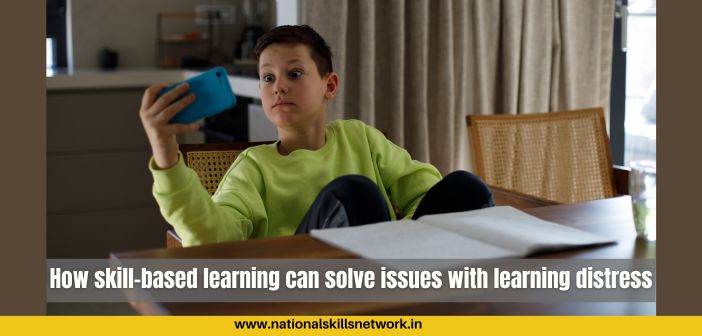To survive the fallout from COVID-19, educational institutes are adopting multiple technologies and automation use cases at scale.
Blockchain is one of the most secure technologies which can be applied to a range of activities.
Prominent applications of blockchain technology in education include:
- creating and issuing digital certificates
- storing and securely sharing grades, transcripts and diplomas
- tracking and maintaining permanent records on all candidates
- verifying candidates’ credentials, skills and skill levels
- decentralising marketplaces – connecting educators, students and professionals to relevant courses
To understand how blockchain technology is used, let’s look at the hotel industry.
Hotels provide loyalty points to customers. Traditionally, a customer’s loyalty points would be redeemable only at a partner/vendor outlet. Now, if a hotel uses a blockchain-based platform, then they would assign a currency value to the loyalty points. Blockchain makes it possible for customers to redeem their loyalty points with any partner on the same platform.
Blockchain simplified a complicated process.So, how does blockchain work in an educational set-up? Blockchain offers better accountability, improving the overall educational experience for both students and teachers.
 Why are educational institutes adopting blockchain?
Why are educational institutes adopting blockchain?
- Store student data: Educational institutions can use blockchain to store vast amounts of student data. Data about courses, trainers and student will be stored in an online distributed ledger.
- Verifiable digital certificates: Unlike paper certificates, digital certificates placed on blockchain can be verified by employers. Also, the data in a digital certificate will stay alive and secure forever, even if an educational institute stops functioning.
- Easy access: Students need to share their credentials with recruiters and higher educational institutes. If transcripts are universally acceptable, it is more beneficial. The easiest way to provide global access to students’ credentials would be through blockchain.
Booming IT industry demands a skilled workforce
The IT industry might have graduates flocking to snap up jobs, but the skills shortage is evident.
Technology and IT systems have advanced, while most people working on them have not. The COVID situation has pushed educational institutes to adopt new tools and technologies to meet student, teacher and recruiter demands. Whether it is building a new app to manage course content or handling IT requirements for an educational institute, there is a huge need for skilled IT professionals. For those looking to work in the IT industry, learning new skills to meet requirements is crucial.
Some of the fields with a shortage of skilled workers are cybersecurity, background investigation, data management and software development.
Gaining new skills and earning digital certificates will truly empower professionals. It will simplify the process of sharing their credentials with employers and proving their skills.
What makes educational institutes more accountable and student-friendly?
Adopting new solutions and hiring professionals with technical know-how will help educators step up and survive COVID. Utilising blockchain-based applications and platforms will bring in the needed transparency and accountability. For example, digital certificates placed on blockchain is encrypted and cannot be altered. They are verifiable and permanent.
Such innovative solutions will help educational institutes reinforce their trust during such times. And will also help candidates to feel appreciated.
Certif-ID is empowering educational institutes, recruiters and skilled professionals across the globe to function on a platform built on blockchain. Educational institutes can offer courses via the platform and issue digital certificates at the end of the course.
For more information, please feel free to chat with us to write to us here – we would be happy to help.
Author- Tim Miller, Co-Founder and Managing Director, Certif-ID












